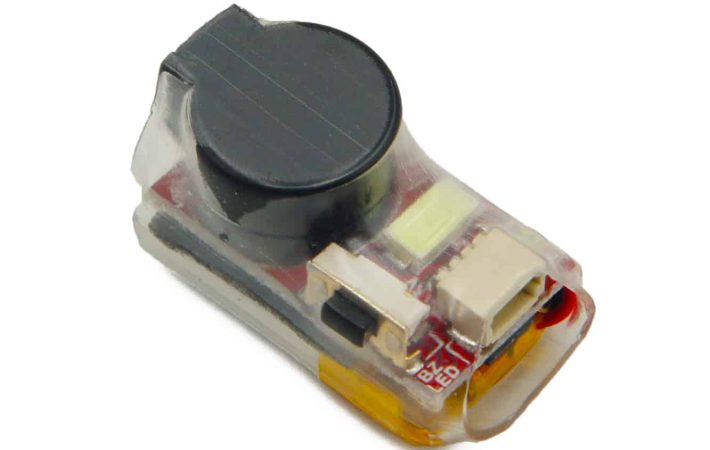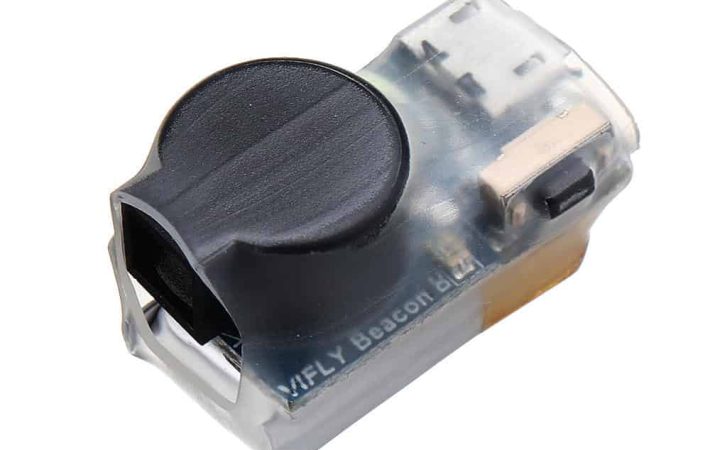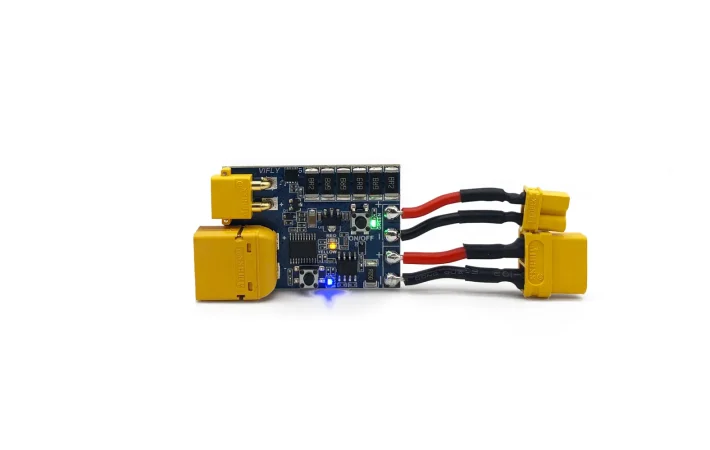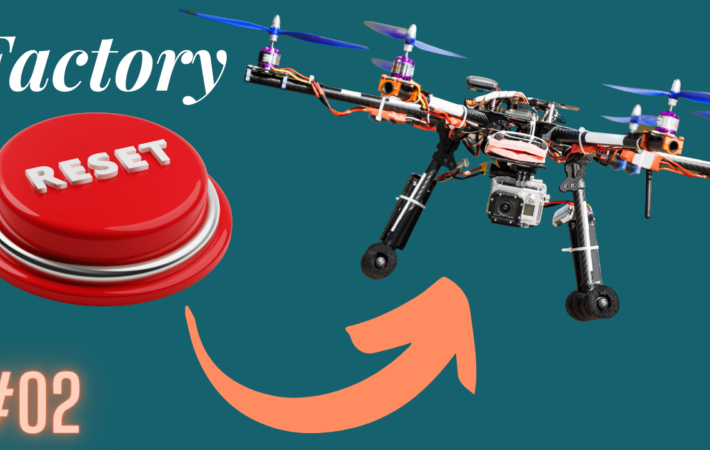Drone controllers, or radios, or transmitters, whatever you want to call them, are packed full of features and options for customization which can allow you to use them not just with drones but many other radio controlled devices.
Drone controllers are interchangeable with drones or other controllers ONLY if they utilize the same frequency or protocol. For example, if controller A uses frequency 1, and drone A uses frequency 1, then you can swap out any controller with another that uses frequency 1 and it will work.
If you are looking to own multiple radios, then you are approaching the FPV drone hobby the wrong way. Your best bet is to look for ONE radio that has multi-protocol support like the Radiomaster TX16S. Radios like the TX16S come with support for some of the most popular protocols as well as an external module bay in case there is a protocol like CRSF (TBS Crossfire) which it does not support.
One good radio can last you years as long as you keep it clean and do not abuse it. They receive frequent firmware updates and if it uses multiple protocols you will be able to fly drones for years to come.
If you have a RTF (Ready-To-Fly) kit like what DJI sells, then you might be wondering if the radio it comes with will work with FPV drones. The DJI radio will NOT work with FPV drones. DJI runs its own frequency and set up, so even if it ran using the same protocol you would have no way to bind your drones to the radio and on top of that you would be missing channels needed to arm (turn on) your drone.
How Do Drone Radios Work?

Drone radios work by sending out a transmission, hence why some people call them transmitters, over the air and this transmission is received by the drone’s receiver. In order for this to work, however, they must both use the same protocol such as FrSky, FlySky, or TBS Crossfire. From a high-level view this is very simple, but it can quickly get super technical.
To explain in more detail we will keep it at an average level of technicality. Radios are built with many protocols, and some radios are capable of utilizing many protocols alone just like the Radiomaster TX16S. Some of the most popular protocols include FrSky, FlySky, and TBS Crossfire (TBS stands for Team Black Sheep). Among these protocols, TBS Crossfire is widely known and popular due to its ability to transmit signal at extremely long ranges. You can easily fly your drone far enough away that you would lose it if the battery died or you lost video feed.
Can I Fly Multiple Drones With One Radio?

While you cannot fly multiple drones with one radio SIMULTANEOUSLY, you can absolutely use one radio with multiple drones if you fly one at a time. All you need is to create sufficient profiles/models in your radio for all of your drones and you can easily switch between whichever drone you want to fly in that particular moment.
Radios not only have the ability to fly drones with many protocols, but the bigger and fancier radios like the TX16S are capable of storing profiles in a memory card. Sometimes the profiles are referred to as models. All they are is a set of data, settings, and configurations grouped together which allows you to simply turn a drone on, change to the appropriate profile, and fly away.
Sometimes, if you are flying drones that use the same receivers, you can use the same profile for them which makes things easier if you are switching back and forth between drones a lot. An example of this is when flying the iFlight Nazgul5 and the iFlight Protek35, they both use the same TBS Crossfire receiver and so I can use one profile for the two drones. When I connect a battery into the Nazgul5 the radio binds automatically, and when I disconnect it and connect a battery to the Protek35 it does the same.
How Do Drone Radios Support Multiple Protocols?

We will not focus on the amount of protocols because things in the world of RC are always changing. We will instead focus on the most popular protocols used with drones so that you may better understand the possibilities available to you in this hobby and can thus make a well informed decision when the time comes.
Radios have chip modules installed on their board which work with different radio protocols. If we take a look at one of the most popular radios, the Radiomaster TX16S, we can see that it comes with the CC2500, NRF24L01, A7105, and CYRF6936 Radio Frequency (RF) chip modules. These chip modules translate into some of the most popular drone radio protocols used in the market today. Here is a table of how they relate:
| Cypress Semiconductor: CYRF6936 | Texas Instruments: CC2500 | Amiccom A7105 | Nordic Semiconductor NRF24L01 |
| DSM/DSMX | FrSky | FlySky | HiSky |
| Walkera Devo | Futaba SFHSS | FlySky AFHDS2A | Syma |
| Hubsan | Assan |
The bolded protocols are the most popular. They are DSM/DSMX, FrSky, and FlySky. Another super popular protocol is by an organization called TBS (Team Black Sheep) and it is called Crossfire and seen in the radios as CRSF. This protocol can be added to your radio, as well as others, via an external module as seen in the picture below.
Binding Radios To Drones
The last section we are covering in this post regards the binding of a radio and drone. Binding a radio and drone means you are establishing a connection between two pieces of radio equipment that allow them to send and receive signals. Binding your radio to your drone allows you to fly only your specific drone in a situation where there are more drones around.
Radios in today’s age are capable of binding to many drones, so you should not worry about whether your controllers are interchangeable as it is rare for one controller to not support multiple protocols. When purchasing a radio make sure it is compatible with the drone you would like to use by checking which receiver the drone has, and which protocols the radio supports. If you do this, you are guaranteed to have a great time flying.
If you do not research enough about which protocols are out there you will end up buying parts that do not work with each other and will be in a world of hurt trying to make sense of it all.






